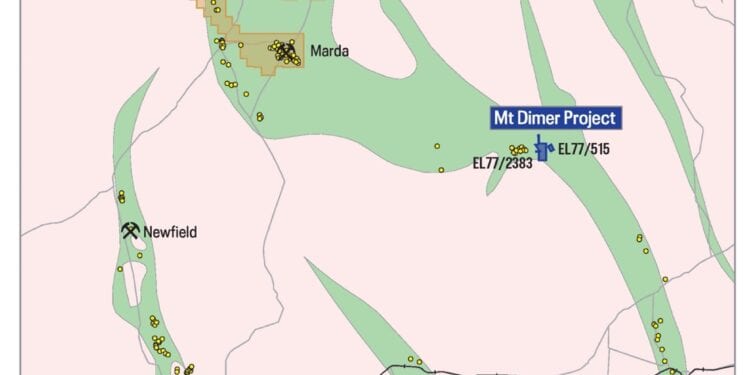Gold In Soil Anomalies Overlie Known Mineralised Structures
New studies undertaken by Twenty Seven Co. Limited (ASX: TSC) have confirmed the presence of favourable structural settings at TSC’s 100%-owned Yarbu Gold Project in Western Australia.
The company said investigation the collation and review of historical soil geochemistry, coupled with the reprocessing of open file historical geophysical surveys, warrants first-pass exploration.
As part of the ongoing exploration of Yarbu, the fompany’s geologists have spent several weeks digitiwing historical geochemical sampling and drilling undertaken by previous exploration companies across the Yarbu tenement package and surrounding areas. Historical data has been obtained in this regard through the Western Australian Department of Mines, Industry Regulation and Safety (DMIRS) WAMEX Mineral Exploration Reporting website.
Significant regional historical gold (Au) in soil geochemistry as well as associated Arsenic (As), and Lead (Pb) corresponds to gold mineralisation identified in historical drilling, suggesting Yarbu could contain multiple structural gold targets that have never been tested by modern geochemical techniques.
Much of the surrounding tenure around TSC’s Yarbu tenements has undergone surface geochemical sampling; in particular by Beacon Minerals, Polaris Metals and Savage Australian Exploration who completed several large-scale regional soil grids over much of the Western Marda-Diemals Greenstone Belt which TSC has spent the past two months compiling into a regional geochemical database.
The geochemical sampling has been completed at various grid spacings and is dominated by auger sampling, with selected areas using sieved soils.
The company said the gold in soil anomalies identified at Yarbu appear to be associated predominantly with fold hinges along and proximal to the Clampton fault, which is a major regional crustal scale mantle tapping fault separating the Marda-Diemals Greenstone belt to the east and the large Yilgarn granites to the west.












